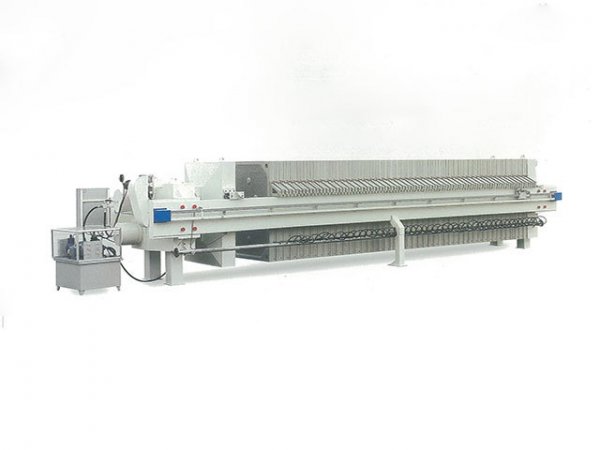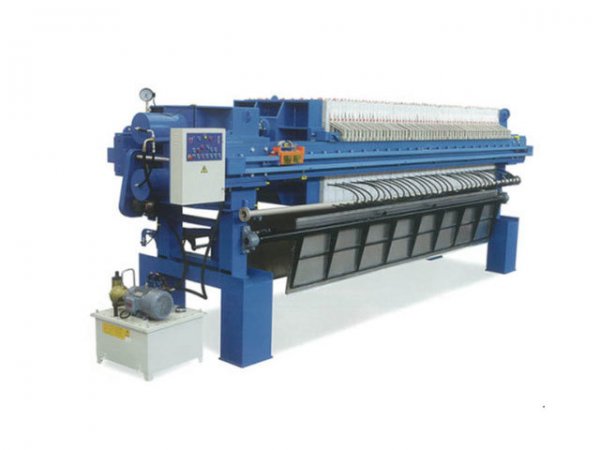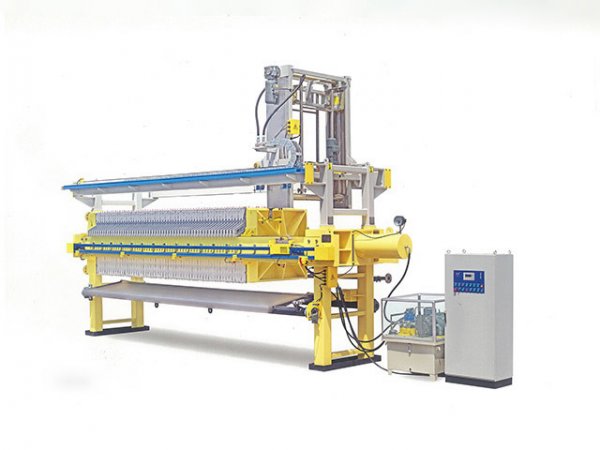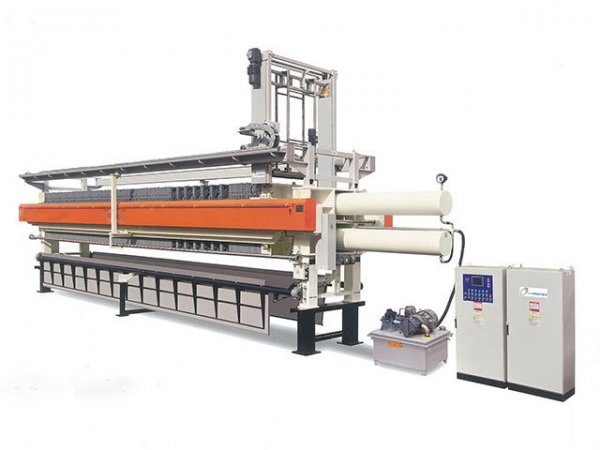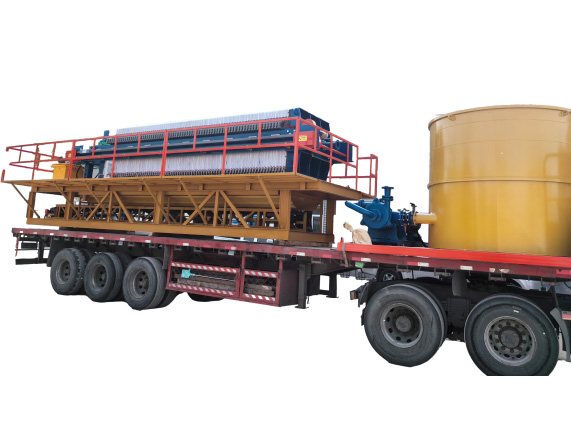NewsDetails
Procurement Guide for Diaphragm Filter Press
author:Shuangcheng time:2025-03-21 00:10:53 Click:106
Here is a purchasing guide for diaphragm filter presses:
1. Determine Your Requirements
Production Capacity: Consider the amount of slurry that needs to be processed per day. Calculate the required filtration area based on the solid - liquid separation task. For example, if you have a large - scale industrial production with a high slurry volume, you will need a filter press with a larger filtration area to ensure continuous and efficient operation.
Slurry Characteristics: Understand the properties of the slurry, including its solid content, particle size distribution, viscosity, and chemical composition. These characteristics will affect the selection of filter cloth, diaphragm material, and operating parameters. For instance, if the slurry contains corrosive substances, you need to choose corrosion - resistant materials for the filter press.
Filtration Quality Requirements: Determine the desired dryness of the filter cake and the clarity of the filtrate. If a high - quality filtrate is required, you may need to select a filter press with better filtration performance and a more precise filtration mechanism.
2. Evaluate Different Types of Diaphragm Filter Presses
Manual, Semi - automatic, or Automatic: Manual filter presses are suitable for small - scale production or applications where labor costs are low. Semi - automatic filter presses offer some degree of automation, reducing labor intensity. Automatic filter presses are highly efficient, with functions such as automatic feeding, squeezing, and cake discharging, suitable for large - scale industrial production.
Frame Type: There are different frame structures available, such as the plate - frame type and the chamber - type. The plate - frame type is more suitable for applications where the filter cake needs to be easily removed, while the chamber - type is better for handling high - pressure filtration.
3. Consider Key Components and Their Quality
Filter Plates: The material of the filter plates should be durable, corrosion - resistant, and able to withstand high pressures. Common materials include cast iron, rubber, reinforced polypropylene, and glass - fiber - reinforced polypropylene. Rubber - coated filter plates are often preferred for their good sealing performance and ability to withstand wear.
Diaphragm: The diaphragm is a crucial component for squeezing and dehydrating the filter cake. It should have good elasticity, high strength, and resistance to abrasion and chemical corrosion. Rubber diaphragms are widely used due to their excellent performance in these aspects.
Filter Cloth: The filter cloth needs to match the characteristics of the slurry and the filtration requirements. It should have appropriate permeability, high filtration accuracy, and good wear resistance. Different types of filter cloths are available, such as polyester, polypropylene, and nylon, each with its own advantages in terms of chemical resistance and filtration efficiency.
4. Assess the Manufacturer and Supplier
Reputation and Experience: Choose a manufacturer with a good reputation and rich experience in producing diaphragm filter presses. Check their production history, customer references, and industry recognition. A well - established manufacturer is more likely to provide high - quality products and reliable after - sales service.
Technical Support: Ensure that the supplier can offer comprehensive technical support, including equipment installation, commissioning, operator training, and troubleshooting. Prompt and professional technical support is essential for the smooth operation of the filter press.
Spare Parts Availability: Consider the availability of spare parts. It is important to ensure that replacement parts can be easily obtained when needed to minimize equipment downtime.
5. Evaluate the Price and Total Cost of Ownership
Initial Purchase Price: Compare the prices of different manufacturers and models, but do not make the decision solely based on price. Consider the overall quality, performance, and after - sales service to ensure that you get the best value for your money.
Operating and Maintenance Costs: Estimate the long - term operating and maintenance costs, including energy consumption, filter cloth replacement, diaphragm replacement, and other maintenance expenses. A filter press with lower operating and maintenance costs can save you significant costs in the long run.
6. Check for Additional Features and Options
Control System: Look for advanced control systems that allow for precise adjustment of operating parameters, such as feed rate, pressure, and filtration time. Some filter presses may also offer remote monitoring and control functions, which can improve operational efficiency and convenience.
Washing and Drying Functions: If necessary, consider filter presses with built - in washing and drying functions. These can help to further improve the quality of the filter cake and reduce the moisture content.
 Recommended Products
Recommended Products
 Contact us
Contact us
—— Contact:Manager
—— Tel:+86 16632826789
—— Email:sales@hbscfilterpress.com
—— Url:http://www.hbscfilterpress.com
—— Address:West Zone of Economic Development Zone, Fucheng County, Hengshui City, Hebei Province



